Give Me A Break
The Breakroom is an important space, whose proper purpose must be defined and protected so as to serve the most critical and important functions all the time and that is to serve the people who serve the people.
You’ve probably got something else on your mind right now and might be wondering if this article has anything to offer in exchange for your time to read it. Well, consider this your employee breakroom is an investment for higher productivity. Also consider your current breakroom or absence thereof as either costing or making money for your company. How much it costs or makes is up to you.
Homelife to Worklife Transition
Transition happens whether intended or not. Home problems brought into the workplace is as problematic as taking work home can be. This is a function that can be done very well or poorly and that depends on how well the employee break room is designed for function and managed for the intended purposes.
The Utility Room for People
Form follows function once again as the employee breakroom serves multiple purposes, striving to provide endless utility but should it? When overburdened, the break aspect of the breakroom becomes broken. What should serve as neutral territory can be over-stretched to serve as the domain of a few bullies, the bosses’ conference room, or sleeping quarters for overnight frost control. This room is an important space, whose proper purpose must be defined and protected so as to serve the most critical and important functions all the time and that is to serve the people (associates) who serve the people (customers).
What Is Not and What Is
Defining what a space is not intended to do helps clarify and separate us from unintended consequences. A breakroom is an employee benefit at best, which we can think of as a welcoming home Great Room rather than a corner of a warehouse space. It should not become a common work area, nor theater room or spa. If your company wants to provide those that is fine, but please put them in a different space so those who don’t want and need to escape from the dynamic pressure of the sales floor AND the partisan leaning 24-hour news channel can do so. While many breakrooms are used for training, that too is stretching utility and is best done in another area in order to protect the integrity of the space that should be reserved for work transition and taking a break.
Productivity-Positive Atmosphere
First and foremost, a breakroom’s utility is reserved as transitional space when coming to and departing from the workday. A positive tone is set when cleanliness and organized spaces set the tone for the workplace and are free from anything that distracts from creating a productivity-positive atmosphere.
Organization of functions is essential to fostering a positive atmosphere. Every place has a thing and every thing is in its place. Let’s take inventory of these:
1. Bulletin Board Written communication center ranging from workplace notifications required by law to communicating critical information to the next shift. When and where is the company picnic to be held this year?
2. Personal Storage Lockers, shelves, cubby holes, or piles on the tables and chairs? From layers to changes of clothes, people have stuff and they often bring it with them to work for good reasons. Providing tidy temporary storage until their next shift or until the end of the workday is going to happen whether planned or not. Many companies require personal valuables to be locked in their associates’ vehicles, but realistically, most companies have some employees who do not drive lockable cars and trucks (or bikes) to work and secure storage is needed.
3. Let’s Do Lunch A clean and fungus-free refrigerator, microwave oven, and coffee/tea pot are minimal creature features as is ample counter space for staging the pot-luck, and tables and chairs suitable for enjoying lunch-box cuisine.
4. Workday Supplies When beginning or ending a work shift, there are certain on-the-job accessories to be stored and retrieved. Breakrooms often provide places to keep price guns, pruners, aprons and gloves, uniforms, and inclement weather gear.
Making Changes Where to Begin
The very best way to create plans for improving your company breakroom is to solicit the input of those who will benefit from it most. Financially speaking that is the owners. They must be willing to invest. Once they are on-board it is time to involve the associates who will actually use the space. But before the brainstorm turns into a nightmare of wants and wishes, have everyone read this article to get clear about the intended and unintended consequences of designing their transitional and break space.






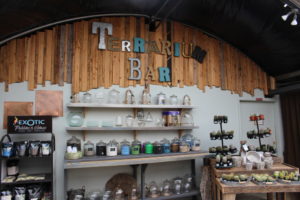
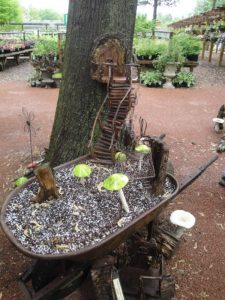
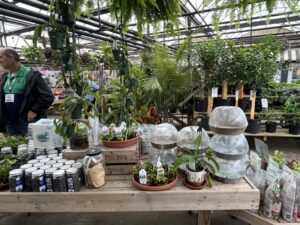



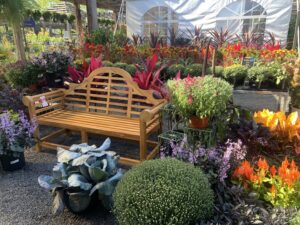
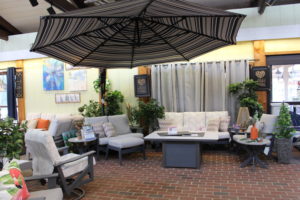
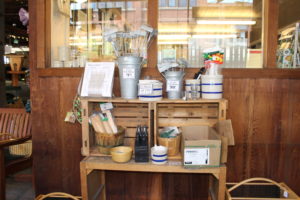
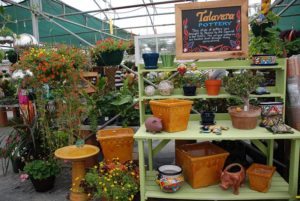
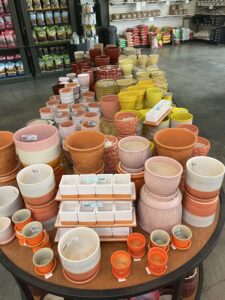
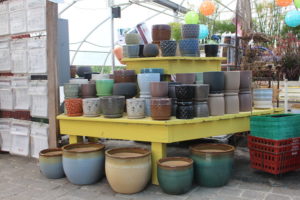
 Videos
Videos





